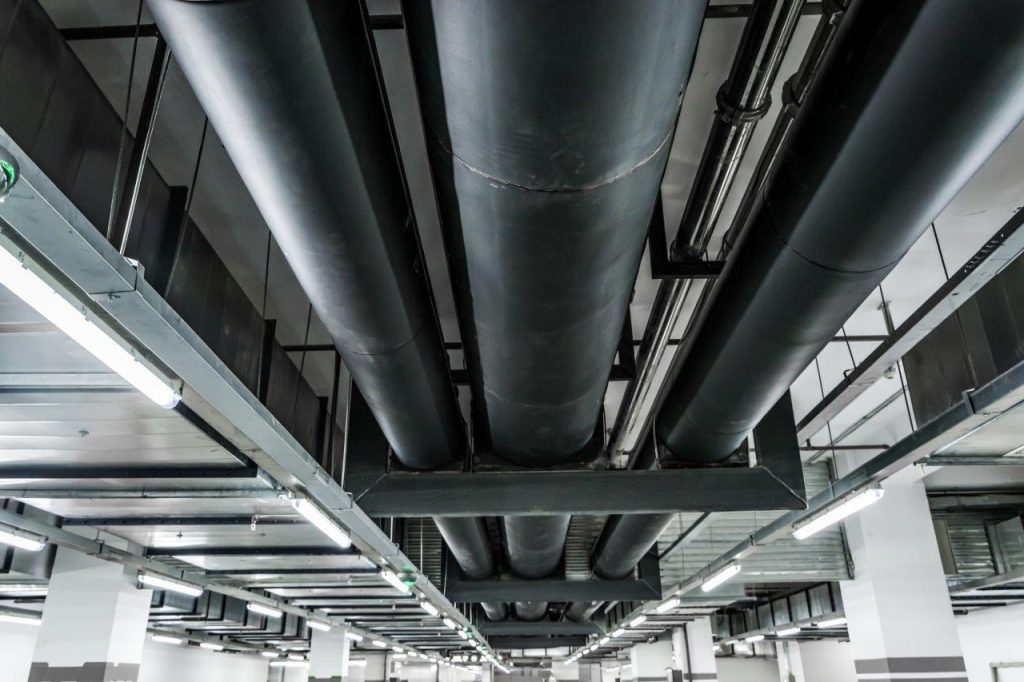What are the things to know about pipe schedule?
- Schedule numbers are set by the ASME committee
- The formula for pipe schedules
- It’s different from pipe size
- Bigger pipe schedules are better for pressurized fluids
- You could use a chart to determine a pipe’s schedule
- Pipe schedules improve past wall thickness metrics
Any industry that uses steel pipes needs to know about their specifications. Most projects, be it construction or not, require precision and accuracy for their pipes. Professionals who constantly work with pipes should be able to assist you, but if you are new to the industry, it could become confusing. There are a few crucial things to know about pipe schedule if you’re working with those materials. The pipe schedule is one of the metrics that you can use to get the type of pipe that you need. It describes the thickness of the pipe’s wall.
Newcomers to the industry could find the terminology tricky. That’s why we’ve prepared some facts about pipe schedules that you should know to help you be informed. Keep reading below to learn more!
Schedule numbers are set by the ASME committee
Instead of representing measurements with specific numbers, the American Society of Mechanical Engineers (ASME) simplified the system by assigning schedule numbers. This is based on a revised Barlow’s wall thickness formula. For instance, if a pipe is rated as Schedule 40 with a pipe size of 1.000”, the wall thickness is actually 0.133”. But because dimensions and specifications are always different, the thickness won’t always be the same for all schedule 40 pipes. The schedule 40 designation can mean that these pipes can withstand a certain amount of pressure.
The formula for pipe schedules
The pipe schedule is determined by a certain formula. The schedule number would be the approximate value of the product of the formula. For our purposes, we will express the service pressure as P and the allowable stress as S. They will both be expressed in pounds per square inch or psi. The pipe schedule (abbreviated as SCH) is determined through this formula: SCH = 1000(P/S). When you apply this formula, you get the pipe with a schedule that’s closest to the product.
It’s different from pipe size
The nominal pipe size or NPS is the main measurement of the size of the pipe. It measures the inside diameter (ID) of the pipe and not the outside diameter (OD). While the pipe schedule may affect the NPS of a pipe, the latter does not measure the thickness of the pipe’s walls. A pipe’s OD is always bigger than its ID, but the inner diameter is more important as the pipes function from their hollow part. It’s also important to note that when wall thickness increases, the OD stays the same while the ID shrinks.
Bigger pipe schedules are better for pressurized fluids
In many ways, the thickness of a pipe’s wall would also determine its strength. Industrial applications make the pipes undergo plenty of stress as they are used much more than in residential applications. There could also be highly corrosive fluids that go through industrial piping. For those reasons, a higher pipe schedule is almost always needed in the industry. The same goes for fluids that require high pressure to travel through a pipe.
Pipes carry all kinds of substances from liquids, gases, fluidized solids, and many others. And to make sure that no leaks or damages occur, the right pipe schedule must be acquired depending on the substance. That’s why many workers would consider the pipe schedule as the most important parameter for pipes.
You could use a chart to determine a pipe’s schedule
A pipe schedule chart is a conversion chart that shows the relationships between pipe size, wall thickness, and pipe schedules. You can use it to determine pipe size, but also to determine a pipe’s NPS. To use it, you should first measure the pipe’s OD and wall thickness. Then, look for both measurements in the chart and check the corresponding rows and columns. There, you’ll see the pipe schedule and NPS of the material. For example, if the outside diameter of the pipe is 4.500 and the wall thickness is 0.337, then you’d know that you have a 4” schedule 80 pipe.
Pipe schedules improve past wall thickness metrics
Before pipe schedules, there were only three parameters for wall thickness: Standard (STD), Extra Strong (XS), and Double Extra Strong (XXS). These measurements were often vague. By today’s standards, STD is like an SCH 40 pipe that’s up to NPS 10. An XS pipe is an SCH 80 up to NPS 8, while an XXS pipe is thicker than SCH 160 from NPS 1/8-NPS 6. However, an SCH 160 for NPS 8 and more is thicker than an XXS pipe. Although they are barely used today, it should still be helpful if you know the approximate dimensions of the three outdated parameters.
Key Takeaway
These things to know about a pipe schedule are additional information that would help you familiarize yourself faster with the metrics around pipes. By being more knowledgeable, the chances of you being exploited or looking inexperienced in front of other important people lower significantly.
Now that you know all about pipe schedules, it’s time to get the steel pipes for your project! The best place to go get high-quality steel pipes is with the most reliable supplier in the Philippines: Supreme Pipe! Take a look at the products we offer here, and contact us to get a quote or if you have any inquiries!
